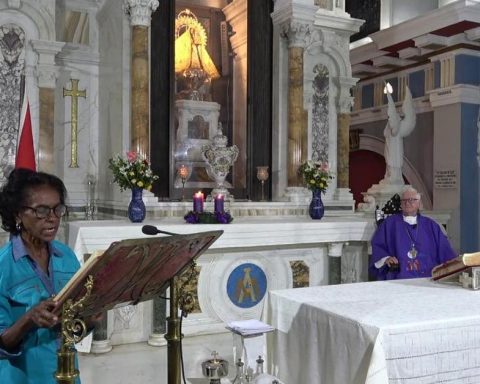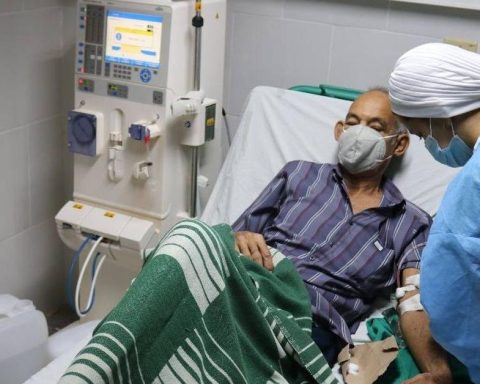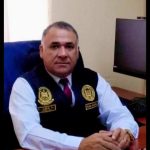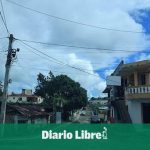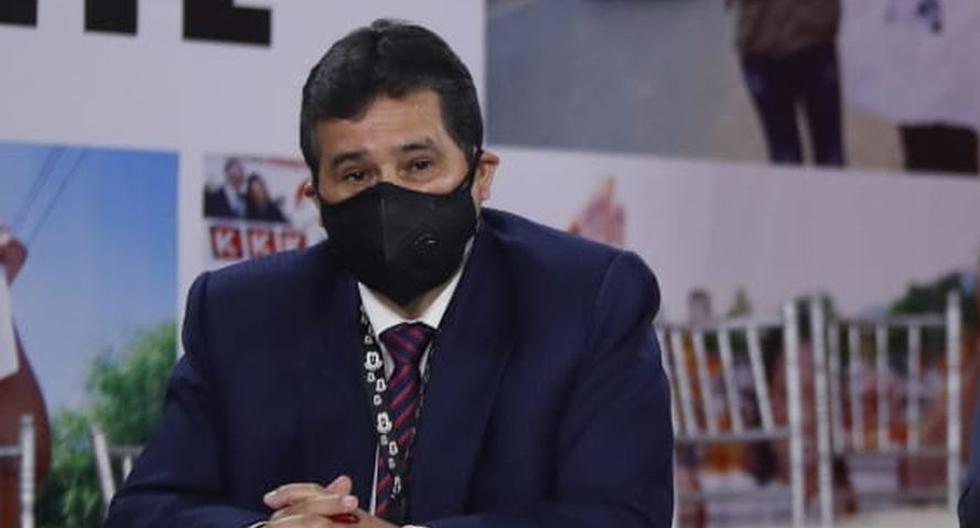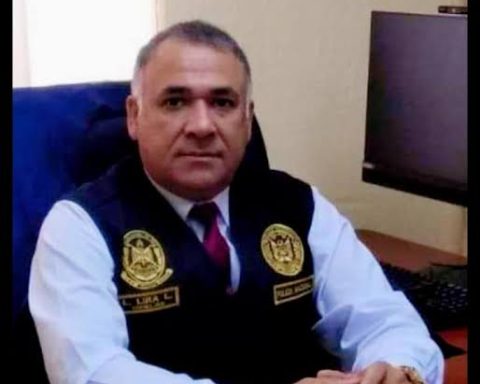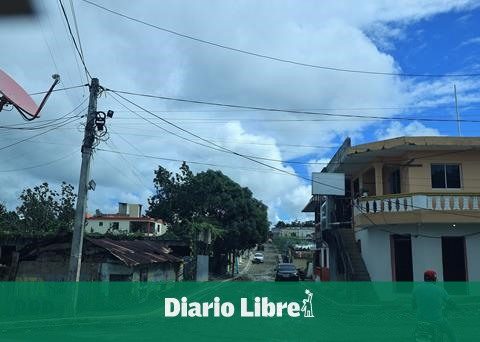With 23 slaves, blackness began in the land of freedom Esmeraldas and later they began to grow in Ecuador.
In 1553 when the ship that sailed from Panama to Peru ran aground, transporting black slaves used as servitude, freedom began for them.
23 black men and women entered Portete, from the Muisne canton, south of Esmeraldas and from there they began to grow in Ecuador.
Since then, Esmeraldas is constituted as a land of freedom, after the first group of Africans settled in those lands with 17 blacks and 6 blacks who became the first group of Africans in the country and formed what is the cradle of Afro-Ecuadorianity.
Cimarrones in palenques
The rebellious slaves, who led a life of freedom in dwelling places called palenques or quilombos, they received the name of maroons. The palenque of Alonso Illescas It was called the Kingdom of the Zambos by the Spanish, perhaps the first territory of freedom and autonomy sown on the continent by the African survivors of the transatlantic trade.
The esmeraldeños palenques they were places of freedom, to evade slavery, escape exploitation and survive, recreate their culture, institute models of political and social organization, and grow as a group. They were spaces capable of preventing the forgetting of certain practices and conceptions of the world, said the anthropologist Adison Guisamano.
This would have been an invincible territorial enclave for almost 100 years, thanks to which they negotiated a statute of autonomy with the Spanish crown that made possible, temporarily and on the margins, the emergence of notable black power groups in Esmeraldas.
“The Kingdom of the Zambos resulted from an alliance between indigenous people and Africans who protected themselves from the Spanish danger ”, quotes one of the texts of the Afro-Ecuadorian Zambo kingdom.
But, not everything revolved around Illescas, previously Antón began the revolt, where two years after being on Emerald soil he died, so he did not witness the miscegenation that Illescas began with the daughter of a main chigger chieftain.
‘Day of Return to Palenque de la Libertad’
Given this historical fact for Ecuador, several Afro-Ecuadorian organizations each year prepare the so-called return to the Palenque de la Libertad, which commemorates the arrival of the first slave ship to the shores of the enclosure Carriage, from the canton Muisne, south of the province of Emeralds.
Last Friday 05 and Saturday 06 November, hundreds of walkers participated in the pilgrimage from Bolívar beach in the Muisne canton to the monument to Alonso de Illescas, located on the island of Carriage, where characters from the Afro culture paid honors to the first black Governor who arrived on the shores of Esmeraldas.
This fact is called as a socio-political, cultural, artistic and spiritual event that proposes the visibility of this history, where with drums, maracas and songs it is remembered 8 years ago.
“The maroons and the maroons of the coast of the peaceful They are our heroes and our heroines from their acts of resistance that feed our memory and give us hope to continue resisting in these times, ”said the organizer of this event, Mary Quiñónez.
For the organizations Afro-Ecuadorian To know and listen to the history of the Maroon diaspora and the exodus of their ancestors is to keep alive in mind and heart the tenacious struggle of each one of them for their freedoms. (MFC)
Afro-Ecuadorian Day
The National Congress of the Ecuador issued in Quito, on October 2, 1997, the special law that institutionalized Afro-Ecuadorian Day and recognized as a National Hero Alonso de Illescas, defender of the autonomy and freedom of Afro and indigenous peoples.
At present in all countries there are still fighters and fighters maroons and maroons, such as: Alonso de Illescas, Gutervino Lastar, Jesús Angulo, Juan García, Adalberto Ortiz, Nelson Estupiñán, Julia and Bertilda Matamba, Tirza Bone, Endelira Klinger, Argentina Chiriboga , etc.
FACT
For Afros, 468 years ago the great Palenque de Libertad was created, in the so-called Esmeraldas region, later renamed by Spanish colonialism as the ‘Republic of Free Blacks and Zambos’.


